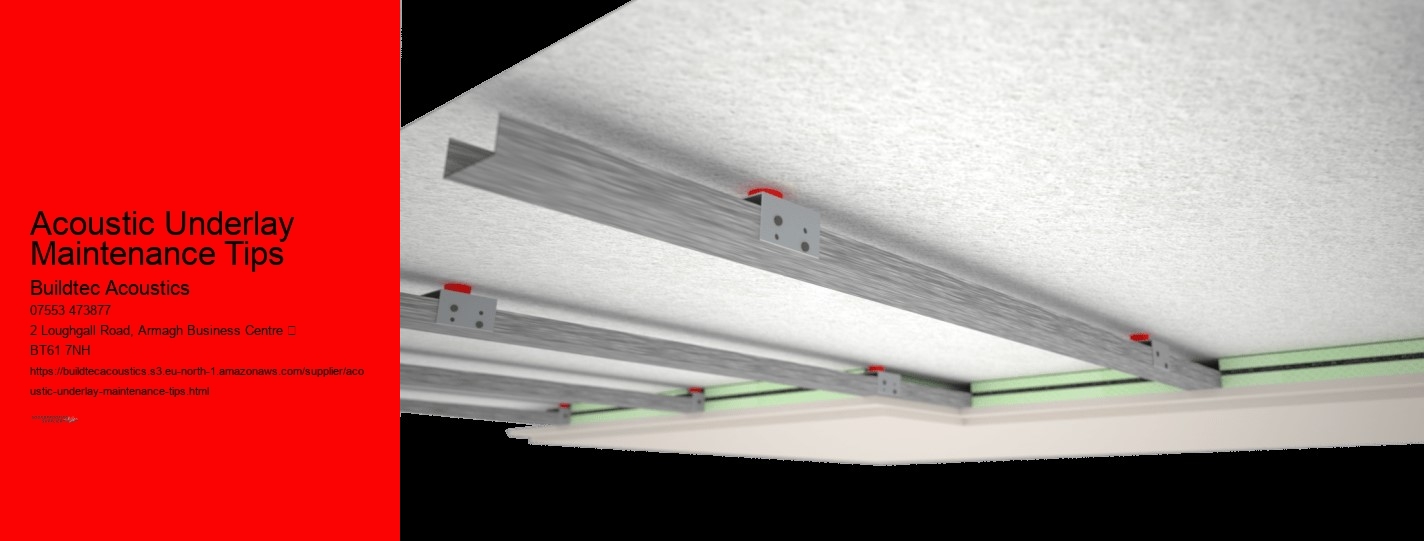They are particularly effective when used with materials like ceramic tiles or floating floors, providing both sound insulation and comfort underfoot.
Acoustic Underlay Maintenance Tips - underfloor heating
- thermal resistance
- foam
- design
- room acoustics
With a range of materials, including cork, foam, natural rubber, and recycled fibers, Buildtec Acoustics ensures that there is an environmentally friendly and efficient product for every need. Airborne noise, such as music or conversations, can be reduced by choosing underlays with higher sound transmission class ratings. From mitigating noise pollution to improving energy efficiency, acoustic underlays are a versatile solution that supports both functionality and aesthetics in modern building design. medium-density fibreboard Additionally, these materials provide thermal insulation, improving the thermal resistance of a room while managing noise levels. The reduction of sound transmission class (STC) and impact insulation class (IIC) ratings in a building helps in making the space more comfortable.
Acoustic underlays are versatile and can be used in a variety of settings, from residential homes to commercial spaces such as offices or retail environments. This allows consumers to achieve their preferred aesthetics without sacrificing soundproofing performance. washing machine They are particularly effective when used with materials like ceramic tiles or floating floors, providing both sound insulation and comfort underfoot. dynamic Additionally, these materials have low volatile organic compound (VOC) emissions, contributing to a healthier indoor environment. In residential buildings, whether in a semi-detached house or an apartment, acoustic underlays are often installed under laminate flooring, hardwood, or carpets to reduce noise transmission through walls, ceilings, and stairs. chord
The installation of acoustic underlays is straightforward and can be carried out by both professionals and do-it-yourself (DIY) enthusiasts. Acoustic underlays do not compromise the aesthetics or design of the finished floor. negative affectivity Environmental considerations are central to the design of acoustic underlays. underfloor heating Adhesive or double-sided tape can be used to secure the underlay in place, ensuring tight seams between pieces to prevent gaps that could reduce performance.
Acoustic Underlay Maintenance Tips - medium-density fibreboard
- music
- Acoustic Underlay
- thermal insulation
- membrane
- building insulation
- heat
- joist
